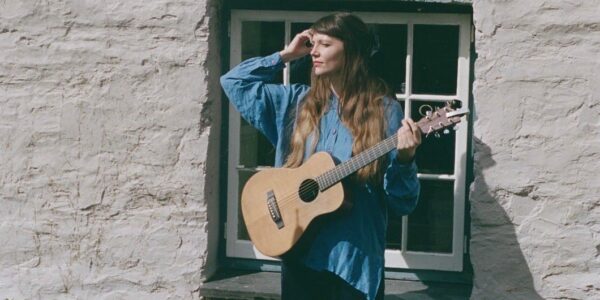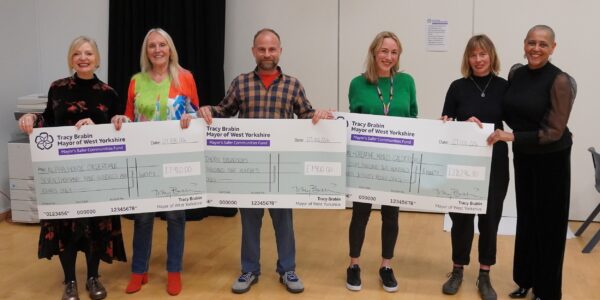Peter Leyland – What we did on our holidays
11 Dec 2018 / #Arvon50

What do marketing analysts, postgraduate history scholars, Information Technology librarians, and recently retired teachers have in common? Answer – they don’t spend their summer holidays relaxing on a beach in Cornwall but go on a creative writing course in a remote and rainswept cottage at Moniack Mhor in Scotland. There they meet other writers, learn to cook for 17 people, stay up until three o’clock in the morning talking, and fall in love, with writing of course.
The course I did was run by Colette Paul and Nick Brooks, two writers with very different styles. Nick writes novels while Collette is a writer of short stories. They were both Scottish, graduates of Glasgow University, and good friends.
On the first evening both tutors read aloud from their books. Colette read two stories from Whoever You Choose to Love while Nick read from his novel, A Good Death. This placed an emphasis on the importance of sharing your work with others. Later in the week we had a guest, Kevin MacNeill, who read from his work, The Stornaway Way. He also spent time talking about being a writer and answering students’ questions.
Colette and Nick’s tutoring methods too were very different but they complemented each other well. Colette’s approach was structured and aimed to teach specifics about writing. She showed us the importance of brevity, cutting down on adjectives and adverbs; how you might use dialogue to move a story forward; and whether to write in the first or third person. She used the stories of Raymond Carver as a model of good writing and I will now reread these with greater appreciation.
Nick’s approach was more open-ended. He asked us about our writing and got us to read extracts from previous or current work. I came away from his sessions convinced that I could become a memoirist, although how long the conviction will last is anybody’s guess.
There was also an opportunity to talk to one of the tutors about our writing. We were asked to sign up for half an hour of discussion about current work. As I didn’t have a particular agenda, I was able to talk to Colette about my writing in general and how I could develop it. Because someone was taking me seriously as a writer I found it a very relaxed and useful session.
Colette’s tutorial together with the two different teaching approaches inspired me to both write and read out a short story. It happened like this: One of her sessions had given me a starting point and I then sat down with my laptop and created a 1200 word narrative. Early on in the course Colette said that one reason for writing is to make sense of our experience and for me this is often the case. In my story I made up a character and through him was able to relate an incident from my adolescent years in the third person.
The story brought both humour and distance to a situation that I had once upon a time found extremely difficult to deal with. The following afternoon I took a walk across the hills to the forests to think it over and then returned to write a second draft. I printed this off, practised reading it aloud in the grounds of the cottage. I read it to the others on the final night.
It was well received and I was given some useful feedback. In fact by the end of the week everyone had read something from either a novel they were working on or a short story and had received the appreciation of the rest of the group. Some also read poetry that they had brought. By this time group trust was very much in evidence so that all suggestions about pieces they were working on were received well by the participants.
Group trust and the dynamics to reach this are a very important part of these courses. It is achieved, I think, by the simple expedient of dividing the participants into fours and asking them to prepare a meal for everyone else on a particular evening. Menus are available; vegetarians and those on special diets are catered for. There is also the useful aid of decent red and white wines which you can buy for £5 a bottle. My own group produced a fantastic salmon en croute followed by a fruit tart. I am now adding this to my home cooking repertoire.
At the end of the course fifteen people that you didn’t know before had become your writing friends. Before we left Colette gathered up all our email addresses and photocopied them so that if we wanted to we could correspond. I look forward to hearing from Michele and Brenda, Mark and Kieron, or any of the others, as to whether they have made the big time as writers, and even if they haven’t it will be good to keep in touch. Producing a story in a rainswept cottage could be the start of somebody’s writing career. You never know.
_______________________________________________________________________
#Arvon50
Arvon is 50 this year and to celebrate we have collected the stories of writers far and wide who have a tale to tell about Arvon. The collection is published in our anniversary booklet and featured on our blog throughout the year. This contribution is by Peter Leyland, who has been a participant on a number of Arvon courses since the 1980s.



